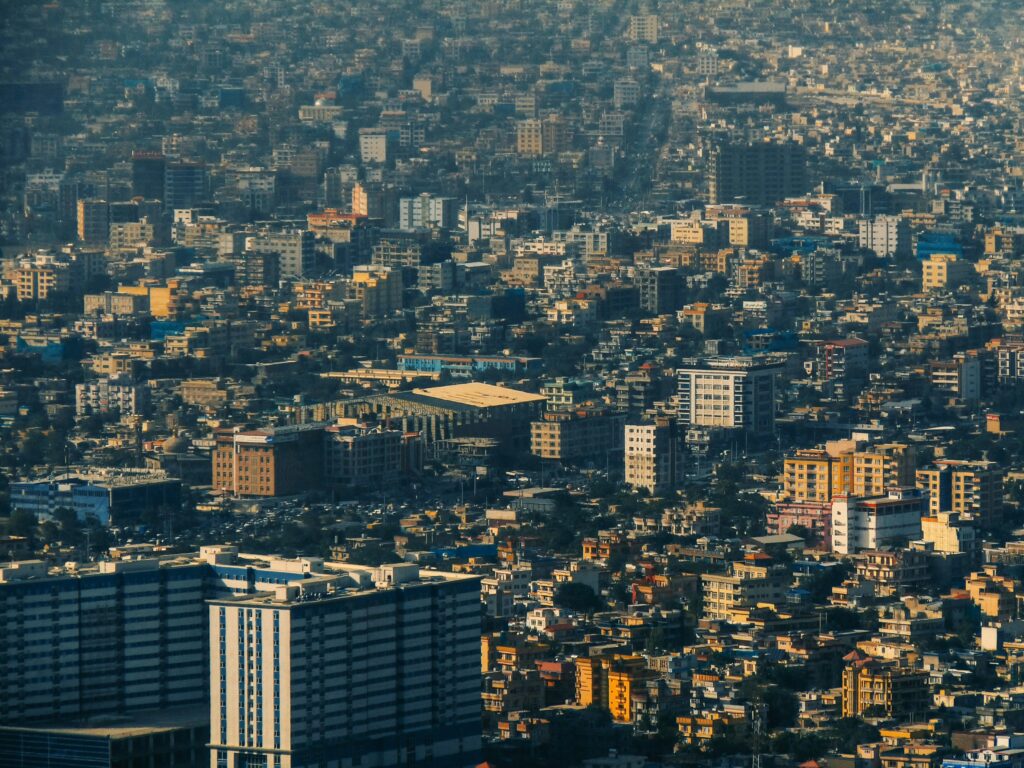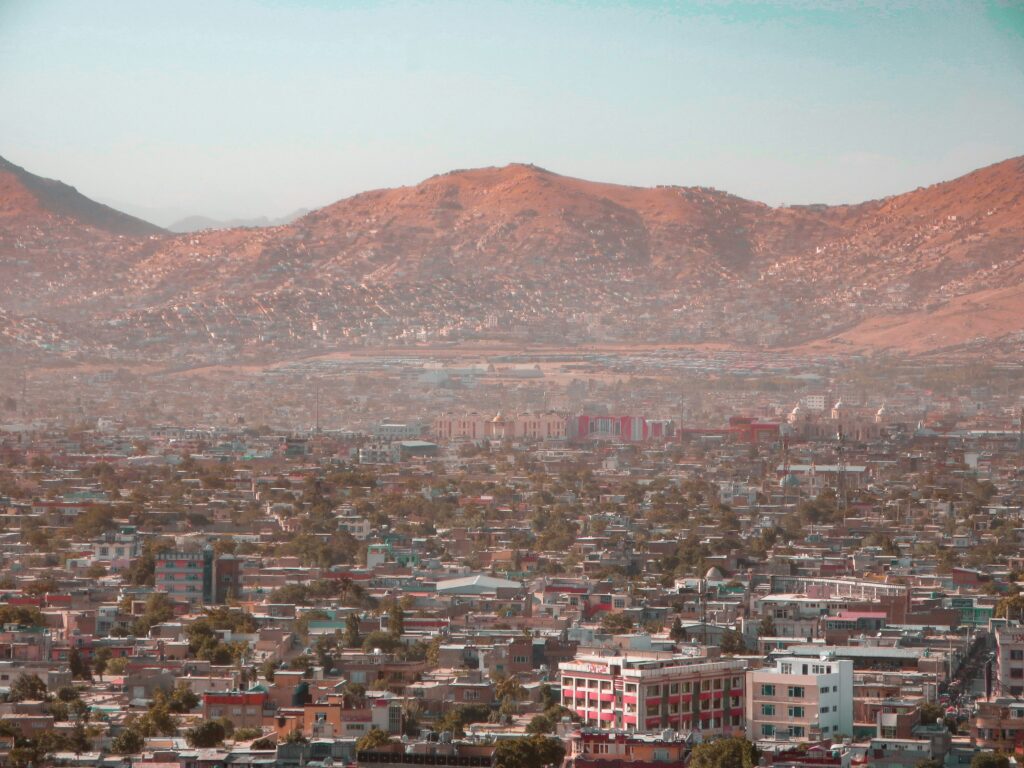Kabul, the capital city of Afghanistan, is a place marked by a rich and complex history that spans millennia. Set within a valley surrounded by the majestic Hindu Kush mountains, Kabul has served as a cultural and political hub for various civilizations. This vibrant metropolis encapsulates the spirit of Afghanistan, showcasing the resilience of its people amidst ongoing challenges.
A Historical Overview
Kabul’s history dates back over 3,500 years, making it one of the oldest cities in Central Asia. It has witnessed the rise and fall of countless empires, including the Persian, Greco-Bactrian, Mauryan, and the Great Silk Road, which connected it to trade routes between the East and West. Its strategic location has made it a significant crossroads for commerce, culture, and conquest.

In the 7th century, Kabul embraced the arrival of Islam, which would shape its identity for centuries to come. The city flourished under various dynasties, notably the Ghaznavids and later the Ghurids, who contributed to its architectural and cultural richness. The 20th century saw Kabul emerge as a center for modernization and development, particularly during the 1960s and 1970s, when the city experienced relative stability and growth.
Cultural Heritage
Kabul is a melting pot of cultures, languages, and traditions. The diversity of its population includes Pashtuns, Tajiks, Hazaras, Uzbeks, and many others, each contributing to the city’s unique cultural mosaic. Dari and Pashto are the two official languages spoken in Kabul, creating a rich linguistic environment.
The city’s cultural heritage is reflected in its vibrant arts scene, including traditional music, dance, and storytelling. The famous Afghan rubab and tabla are often heard at local gatherings, showcasing the rich musical traditions of the region. Moreover, Kabul is home to several prominent cultural institutions, such as the National Museum of Afghanistan, which preserves the nation’s artistic and historical artifacts.
Kabul’s landscape is dotted with exquisite architectural landmarks. The Qargha Reservoir, a popular recreation area, offers picturesque views, while the historic Bala Hissar, an ancient fortress overlooking the city, provides insights into Kabul’s storied past. The stunning Shah-e Doh Shamshira Mosque and the tranquil Garden of Babur, which dates back to the Mughal Empire, are also must-visit locations for their historical and cultural significance.
Challenges and Resilience
Despite its rich cultural heritage, Kabul has faced significant challenges, especially in the last few decades. The Soviet invasion in 1979, followed by years of civil conflict and the rise of the Taliban, profoundly impacted the city and its people. The fallout from these conflicts has led to widespread destruction, displacing millions and leaving behind a legacy of instability.
More:Read about on The Enchanting Bamiyan Valley: History and Nature
In recent years, Afghanistan has grappled with political turmoil and security concerns. The resurgence of the Taliban and ongoing violence have created a challenging environment for the local population. Yet, the resilience of the people of Kabul continues to shine through. The city is often referred to as the “City of Peace” by its inhabitants, reflecting their enduring hope for a brighter future.
Kabul’s youth, in particular, play a crucial role in shaping the city’s narrative. With a high percentage of the population under the age of 25, there is a palpable sense of optimism and a desire for change. Young Afghans are actively engaging in educational initiatives, community development, and entrepreneurship, working towards a better future for themselves and their country.
Education and Empowerment
Education is a key focus for many in Kabul, as it is seen as a vital tool for empowerment and progress. Despite the challenges, numerous educational institutions have sprung up, offering opportunities for young people to learn and grow. Organizations and NGOs have also played a significant role in promoting education, particularly for girls, who have historically faced barriers to access.
The emergence of vocational training programs has provided countless individuals with practical skills, enabling them to contribute to the local economy. From technology startups to traditional crafts, the entrepreneurial spirit is alive and well in Kabul, with many young people eager to make their mark.
The Role of Women
Women in Kabul have played a pivotal role in the city’s revival. Despite facing numerous challenges, Afghan women have become increasingly visible in various spheres, including education, politics, and business. Activists and organizations have been instrumental in advocating for women’s rights, seeking to empower them and ensure their voices are heard.
Women entrepreneurs are emerging in Kabul, creating businesses that cater to local needs while promoting sustainable practices. Initiatives aimed at fostering women’s skills in areas such as handicrafts, textiles, and cosmetics have gained traction, boosting economic opportunities for many families.
The Future of Kabul
Kabul’s future remains uncertain, but the collective determination of its people inspires hope. As the international community increasingly engages with Afghanistan, there is potential for positive change. Infrastructure development projects and investments in education and healthcare can contribute to the city’s recovery and growth.
Tourism is another area ripe for development, with Kabul’s historical sites, natural beauty, and cultural richness offering immense potential. Safeguarding and promoting these attributes could help revitalize the economy, while also fostering cross-cultural understanding and cooperation.
Engaging with local communities and respecting their values and traditions will be essential in ensuring sustainable development. Global partnerships and grassroots initiatives can work hand in hand to build a more inclusive and prosperous Kabul.
More: Wanted to download Odisha Magazines, visit here
Conclusion
Kabul is a city of contrasts — a place where ancient history meets modern aspirations, where beauty endures amidst hardship. The resilience of its people, their rich cultural heritage, and their unwavering hope for a better future are what make Kabul truly remarkable.

As the city continues to navigate challenges and embrace opportunities, one thing remains clear: the spirit of Kabul is indomitable, and its heart beats strong with the passion and dreams of its people. ️
FAQ For Kabul: The Resilient Heart of Afghanistan
Where is Kabul located?
Kabul is the capital and largest city of Afghanistan, situated in the eastern part of the country at the confluence of the Kabul River and its tributaries. It is surrounded by a picturesque mountainous landscape.
What is the historical significance of Kabul?
Kabul has a rich history dating back over 3,500 years, serving as a vital cultural and commercial hub along the historical Silk Road. The city has seen many dynasties and empires, each leaving its mark on its architecture and culture.
What is the cultural vibe like in Kabul?
Kabul is known for its vibrant culture, with influences from various ethnic groups in Afghanistan. The city is rich in arts, music, and traditional crafts, offering a unique blend of historical and modern experiences.
Is it safe to visit Kabul?
Safety levels can fluctuate due to the evolving political and security situation in Afghanistan. It’s crucial to stay informed through travel advisories and consult experts regarding safety before planning your visit
What is the best time to visit Kabul?
he best time to visit Kabul is during spring (March to May) and autumn (September to November) when the weather is milder and ideal for exploring the city.

